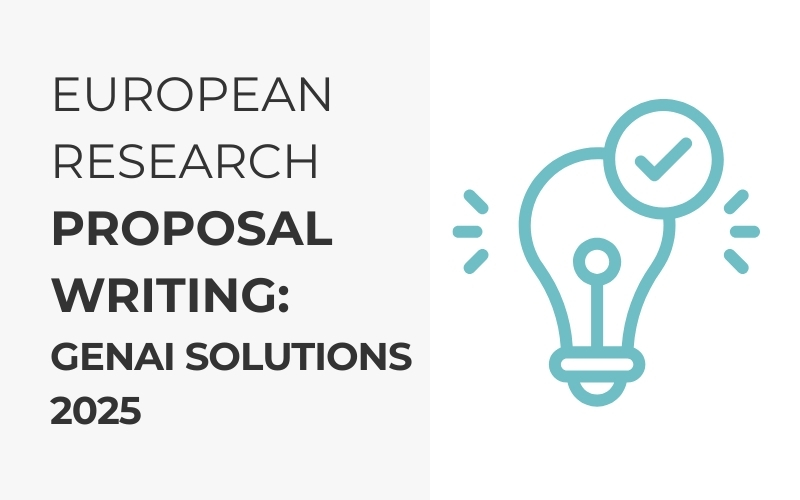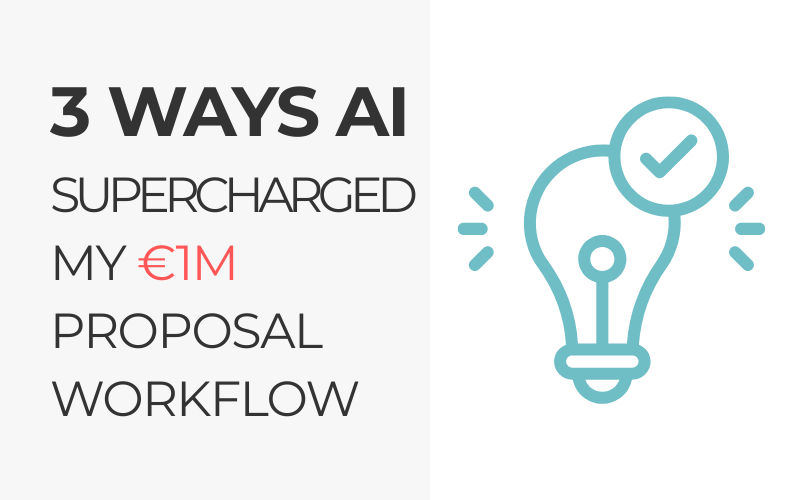Google’s NotebookLM launched its AI-powered flashcard feature in September 2025, fundamentally transforming how scientists, researchers, and educators approach knowledge retention and training. Unlike traditional flashcard tools, this feature generates study materials directly from research papers, lecture notes, and scientific documents using Google’s Gemini 2.5 Flash model. The tool has already gained adoption across tens of thousands of educational institutions and shows particular promise for addressing the persistent challenge of knowledge transfer in scientific communities.
The significance extends beyond simple study aids. NotebookLM’s source-grounded approach eliminates the hallucination problems that plague other AI educational tools, making it suitable for scientific accuracy requirements. Early research shows AI-generated flashcards can match teacher-created materials for learning outcomes, while reducing preparation time from hours to minutes. For science communication and research training contexts, this represents a paradigm shift toward scalable, personalized learning experiences grounded in authentic scientific literature.
Revolutionary technical architecture transforms document learning
NotebookLM’s flashcard system operates on Google’s Gemini 2.5 Flash model, a “thinking model” with advanced multi-step reasoning capabilities specifically designed for complex content analysis. The technical implementation differs fundamentally from competitors by using grounded generation – flashcards are created exclusively from user-uploaded materials, preventing the fabrication of scientific facts that occurs with general AI knowledge bases.
The system supports comprehensive source types crucial for scientific work: PDFs up to 200MB (including complex research papers), Google Docs with native integration, web URLs, and audio files with automatic transcription in 50+ languages. Users can upload up to 50 sources per notebook (300 with Pro accounts), each supporting up to 500,000 words – sufficient for extensive literature reviews or comprehensive course materials.
The user interface integrates seamlessly within NotebookLM’s Studio Panel alongside Audio Overviews and Mind Maps. Customization options include difficulty levels (Easy, Medium, Hard), content focus through custom prompts, and quantity control. Each flashcard includes citations linking back to specific source locations, enabling verification and deeper exploration. The “Explain” feature generates detailed explanations with supporting evidence, creating a comprehensive learning ecosystem beyond simple memorization.
Technical specifications reveal robust capabilities: users receive 10 daily flashcard sets on the free tier, with Pro users accessing 100 daily sets. The system maintains enterprise-grade security standards crucial for sensitive research materials, with user data excluded from model training processes.
Educational foundations prove AI flashcards enhance scientific learning
The pedagogical effectiveness of NotebookLM’s approach builds on over 140 years of learning science research, from Hermann Ebbinghaus’s 1885 “forgetting curve” studies to contemporary neuroscience findings. Spaced repetition and active recall – the core mechanisms underlying flashcard learning – consistently demonstrate superior outcomes compared to passive study methods.
Recent controlled studies validate AI-generated educational materials. Research published in Educational Psychology Review shows AI-generated quiz questions and flashcards achieve instructional equivalence with teacher-created materials. Medical education studies report 88% average test scores for students using spaced repetition versus 78% for traditional methods. Journal of Experimental Psychology research demonstrates 80% recall accuracy with spaced repetition compared to 60% for cramming approaches.
NotebookLM’s implementation addresses three critical cognitive load theory principles. Intrinsic load management occurs by breaking complex research papers into discrete, manageable flashcard units. Extrinsic load reduction eliminates time spent on manual flashcard creation, allowing focus on actual learning. Germane load enhancement shifts cognitive resources toward comprehension and synthesis rather than content formatting.
Educational adoption patterns reveal broad implementation success. MBA students report using the tool for case study analysis, while medical students create flashcards from complex research papers like “Dissemination of Pseudomonas aeruginosa blaNDM-1-Positive ST308 Clone in Singapore.” Graduate programs use shared flashcard sets for collaborative learning and standardized knowledge transfer between mentor and student.
The 130+ language support enables global scientific communication, particularly valuable for international research collaboration and English-as-a-second-language researchers accessing primary scientific literature.
Strategic advantages position NotebookLM against established competitors
NotebookLM enters a competitive landscape where Anki dominates medical education globally (particularly strong in European medical schools and Australian universities), Quizlet maintains broad international presence across secondary education systems, and regional players like Brainscape serve European business schools while emerging AI tools like StudyFetch and Scholarly charge €35-45 monthly for premium features.
NotebookLM’s differentiation strategy centers on source-grounded accuracy and multilingual capability. While competitors rely on general AI knowledge or user-created content, NotebookLM generates materials exclusively from uploaded documents in 130+ languages. This approach proves crucial for European research institutions managing multilingual literature and international collaborations where fact fabrication creates serious consequences.
Competitive advantages compound through Google Workspace’s global institutional adoption. European universities extensively use Google Workspace for Education, with institutions like Cambridge, ETH Zurich, and Sorbonne benefiting from seamless integration. Single sign-on access, Google Drive file synchronization, and integration with learning management systems like Moodle (dominant in Europe), Canvas (growing in Australia/Singapore), and Blackboard (prevalent in UK institutions) create significant switching costs for international users.
Pricing strategy establishes global competitive advantage through completely free access versus subscription models ranging from Quizlet’s €32 annual fee to premium AI tools exceeding €400 annually. This proves particularly significant in price-sensitive markets like India and emerging economies, while European institutions appreciate avoiding complex procurement processes for freemium educational tools.
Market positioning targets international research communities, postgraduate programs, and professional development contexts rather than general consumer education. This focus aligns with Europe’s research-intensive higher education model, Australia’s graduate research training programs, and Singapore’s emphasis on knowledge economy development, creating opportunities for deeper penetration across Global South universities and European research clusters.
User reception validates transformative learning potential
Overwhelmingly positive user feedback emphasizes time-saving benefits and superior accuracy compared to generic AI tools. Educational technology researchers report users spending “entire days creating flashcards for certain courses,” making NotebookLM’s instant generation “such a game-changer.” Academic users documented creating 73 ready-to-use flashcards from two lecture sources “in seconds.”
Accuracy advantages over competitors receive consistent praise. Users emphasize NotebookLM’s source-grounded approach prevents the hallucination problems common in other AI flashcard generators. Towards Data Science reviews highlight that “answers are strongly grounded in the actual information provided” as crucial for educational applications.
Educational professionals report rapid institutional adoption. Teachers appreciate AI-powered conversion of class materials into “more engaging learning experiences,” while integration with Canvas and Schoology enables seamless workflow implementation. Multi-language support facilitates diverse student populations across international educational settings.
Critical feedback identifies areas for improvement. Users express concern about the September 2025 update removing FAQ and Timeline report formats, features particularly valuable for “memorization-heavy courses.” Text-only flashcard limitations prompt educators to seek visual learning supplements, though this aligns with research showing text-based active recall provides superior retention compared to recognition-based visual methods.
Regional rollout inconsistencies created temporary access issues, particularly for users in certain regions experiencing delayed feature availability. However, comprehensive global deployment appears complete as of late 2025.
Science communication applications unlock research potential
Research training applications demonstrate particular promise for addressing persistent challenges in scientific knowledge transfer. PhD students use NotebookLM to process complex research papers, creating flashcards from studies like antimicrobial resistance research that traditionally require extensive manual synthesis.
Literature review processes show transformation potential through multi-document analysis capabilities. Researchers upload up to 50 sources per notebook, generating flashcards that synthesize key findings across studies. This approach accelerates the initial screening and concept extraction phases of systematic reviews while maintaining accuracy through citation-backed content.
Graduate student training benefits from collaborative sharing features. Research groups create shared flashcard collections from key papers in their fields, enabling standardized knowledge transfer and reducing mentorship overhead. Senior researchers report creating orientation materials for new students, providing structured introduction to complex research domains.
Science communication applications extend beyond academic training. Multi-language support enables bilingual educational material creation for diverse public engagement contexts. The grounding in actual source materials prevents the scientific misinformation risks associated with generic AI content generation.
However, technical limitations affect complex scientific content processing. Mathematical notation handling remains limited, potentially affecting physics and mathematics applications. Spreadsheet integration gaps limit utility for data-heavy research papers. Context window restrictions may require segmentation of extremely long scientific documents.
Research integrity considerations for source-controlled learning
NotebookLM’s user-controlled source model fundamentally addresses many AI reliability concerns by eliminating the retracted paper and citation fabrication issues that plague general AI knowledge bases. Since users select and upload all source materials, researchers maintain complete control over content quality and currency.
Yale researchers Messeri and Crockett warn about “illusions of understanding” where AI tools convince users they comprehend more than they actually do, potentially creating “monocultures of knowing.” This concern proves particularly relevant for complex scientific concepts requiring nuanced understanding beyond flashcard-level summary.
Content oversimplification and contextual misalignment represent the primary integrity considerations for NotebookLM applications. While the tool provides citations linking to source materials, the risk of reducing complex scientific concepts to overly simplistic flashcard formats requires expert review, especially for cutting-edge research areas.
Implementation best practices emphasize human oversight and verification processes. Successful adoption requires training researchers on both capabilities and limitations, establishing quality control procedures, and maintaining critical thinking skills alongside AI assistance.
Professional development needs include comprehensive AI literacy training for educators and institutional policy development for appropriate AI use in academic contexts. 49% of educators cite lack of training as the primary barrier to effective AI tool implementation.
Future developments suggest expanding educational AI ecosystem
Google’s broader AI education strategy positions NotebookLM as part of an integrated learning ecosystem rather than standalone tool. Integration with Bard/Gemini, Google Classroom, and Workspace Labs features suggests continued development toward comprehensive AI-powered personalized learning platforms.
Enterprise features development appears likely based on current free tier limitations and institutional adoption patterns. Advanced analytics, expanded source limits, and administrative controls would support large-scale educational implementations while maintaining Google’s competitive positioning.
Partnership expansion with educational content providers like OpenStax provides ready-made notebooks from peer-reviewed textbooks, suggesting potential for discipline-specific implementations. Medical, legal, and engineering specializations could leverage domain expertise for enhanced accuracy and relevance.
Technical roadmap hints include multimedia flashcard capabilities addressing current text-only limitations. Visual content integration, interactive elements, and advanced assessment features could expand applications across learning styles and educational contexts.
Conclusion: transforming science learning through intelligent synthesis
NotebookLM’s flashcard feature represents convergence of proven learning science with responsible AI implementation, creating unprecedented opportunities for science communication and research training. The tool’s foundation in spaced repetition and active recall, combined with source-grounded generation and comprehensive educational integration, addresses persistent challenges in scientific knowledge transfer.
The evidence demonstrates significant potential for enhancing learning outcomes when implemented thoughtfully within existing educational frameworks. While challenges around training, accuracy verification, and appropriate use remain, early adoption patterns and user feedback suggest transformative impact for institutions that effectively integrate these capabilities.
For scientists, educators, and research organizations, NotebookLM’s flashcard feature provides practical pathway toward scalable, personalized learning experiences grounded in authentic scientific literature. Success depends on balancing AI efficiency with human expertise, maintaining critical thinking skills, and implementing robust quality assurance processes suitable for scientific accuracy requirements.
The democratization of advanced study tool creation through free access removes traditional barriers to adoption, potentially accelerating AI integration across scientific education and communication contexts. As the tool continues evolving within Google’s broader educational AI ecosystem, its impact on science learning and knowledge transfer appears positioned for sustained growth and institutional transformation.
Real-world application: QuanTour x The Science Talk
The Science Talk’s AI Labs series demonstrates NotebookLM’s practical applications through the Quantour project, where podcast episodes exploring quantum computing research have been transformed into comprehensive flashcard sets. This implementation showcases how science communicators can leverage NotebookLM to create educational materials from existing content, turning hours of research conversations into structured learning tools.
The Quantour NotebookLM demonstration illustrates the tool’s capacity to process complex scientific discussions and generate targeted flashcards for quantum computing concepts, researcher profiles, and technical terminology. This represents part of The Science Talk’s broader AI Labs experiments, which explore how generative AI tools can transform science communication workflows while maintaining accuracy and educational value.
For science communicators and research institutions, this practical example demonstrates scalable approaches to knowledge transfer – transforming existing content libraries, podcast archives, and research discussions into interactive learning resources that support both internal training and public engagement objectives.



